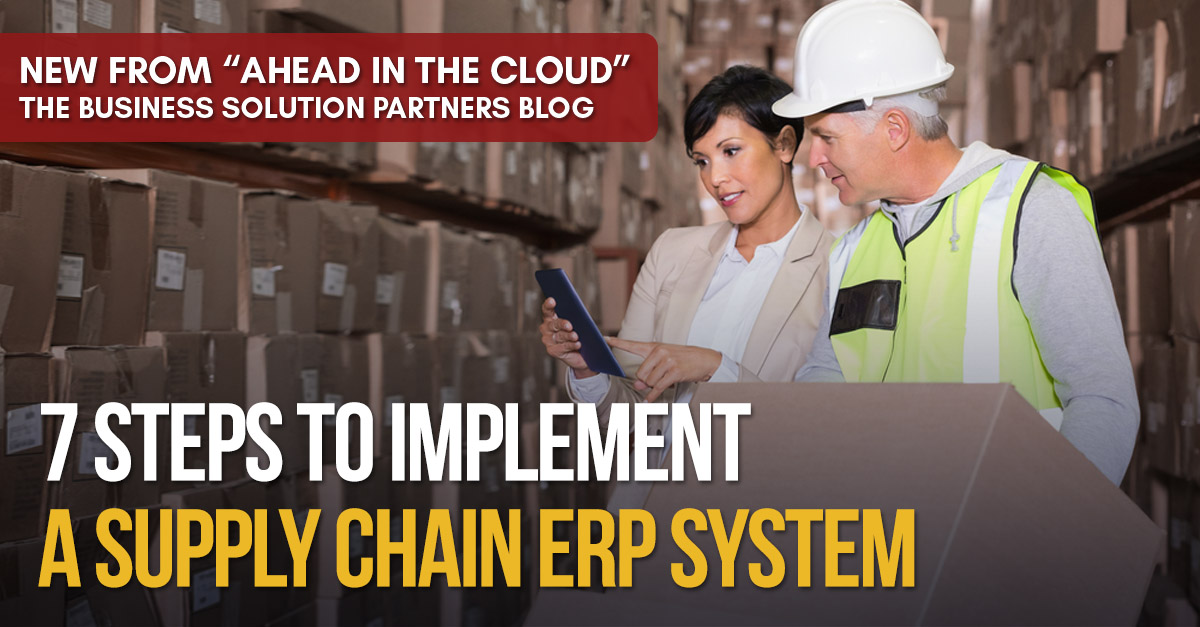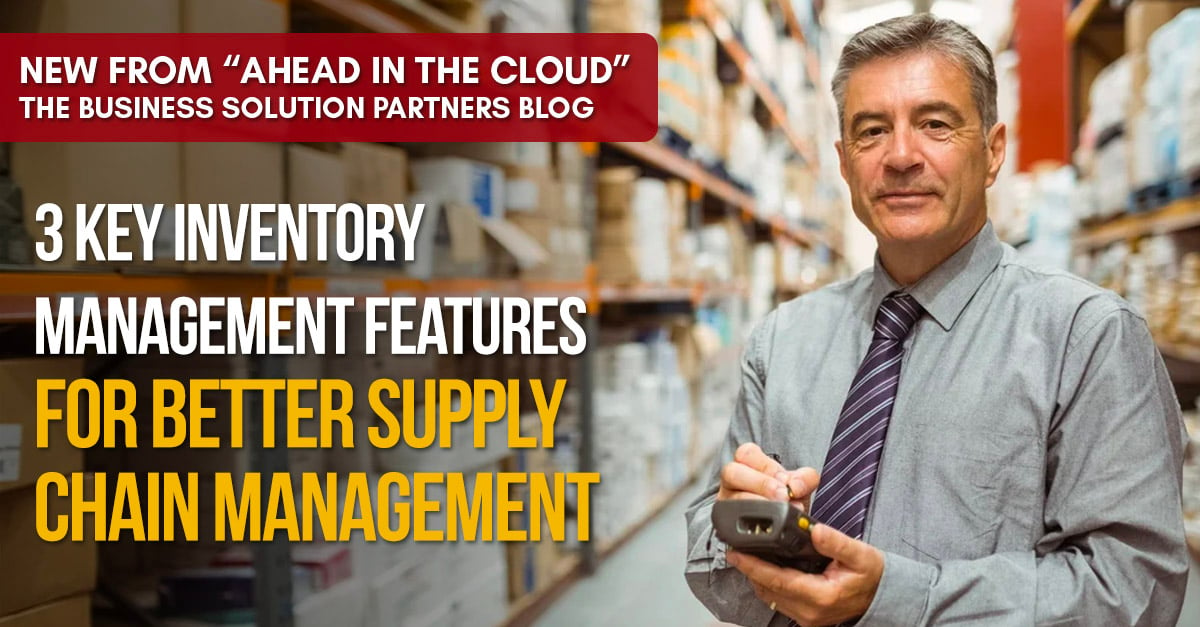What Role Is ERP Distribution Software Playing In The Changing Manufacturing Climate?
With the rise of labor costs and globalization of the economy, many fear the decline and fall of American manufacturing. Symptomatic of these...
2 min read
![]() Business Solution Partners
:
Jun 26, 2013 1:00:16 AM
Business Solution Partners
:
Jun 26, 2013 1:00:16 AM

Supply chain ERP solutions represent an underused approach that distribution companies could take advantage of to increase efficiency.
Supply & Demand Chain Executive reports that many distributors haven’t implemented automated processes to help manage their supply chains. An Aberdeen Group study found that almost half of businesses had yet to make the switch.
The article outlines the steps required to roll out a supply chain ERP system:
Source: Supply & Demand Chain Executive, June 2013
Business Solution Partners will help you find and implement the right ERP solution to increase the efficiency of your distribution company. Contact us today to learn more.
With the rise of labor costs and globalization of the economy, many fear the decline and fall of American manufacturing. Symptomatic of these...

Cloud-based inventory management solutions provide a high level of visibility that enables distributors to get the most out of their supply chains.
Enterprise resource planning (ERP) software has become a tool for many distributors and manufacturers to cut waste and reduce costs. A comprehensive ...